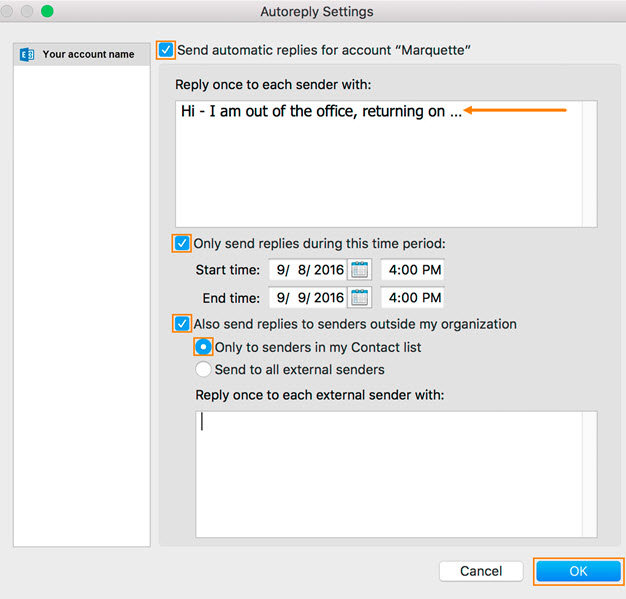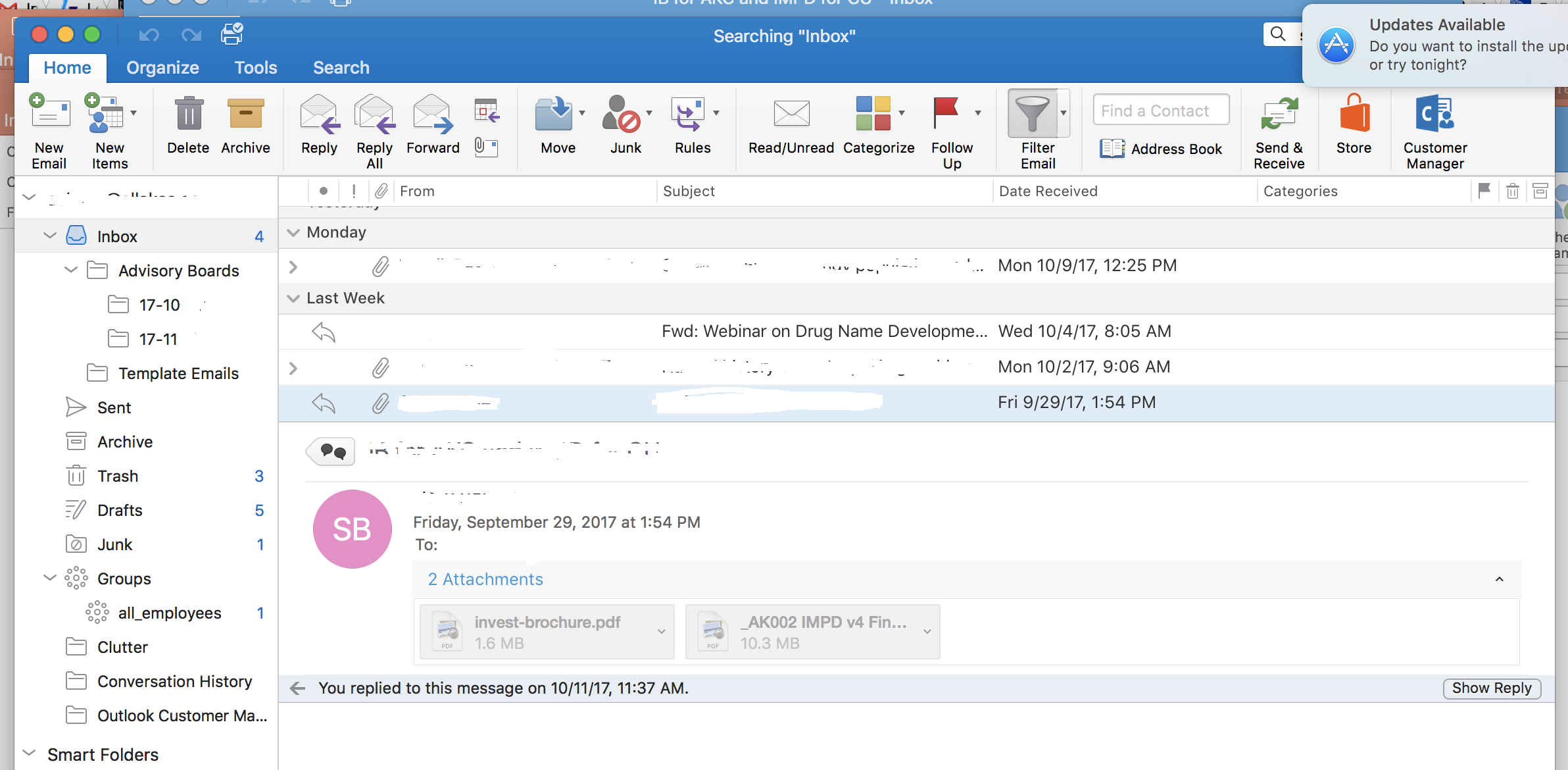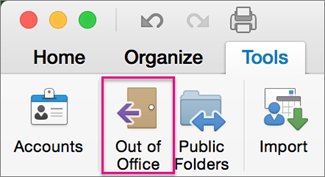

Under When a new message arrives that meets all these conditions, use the drop-down lists to specify which messages meet the criteria for this rule. Give your rule a name (so you can find it later). On the left, under Server Rules, click your account name (there may be only one account listed, and that's okay).Ĭlick the plus sign near the bottom of the dialog box.

Notes on rule order below.įrom the Tools menu choose Rules. Here we'll talk about two ways to create rules:īe aware that the order in which your rules are listed affects what happens.

Move messages from a particular address into a specified folderĪssign a category or flag to messages with a particular word in the subjectįorward all messages with attachments to another address You teach Outlook what to look for and what to do when it sees a message that meets the conditions you've set. Rules are a way to have incoming (or outgoing) messages sorted, filed, marked, or otherwise handled automatically. The rest of this page is for those people who decide to set up their rules in Outlook for Mac anyway. Our Create Rules in Outlook on the Web article Press “Sign Out”.We recommend that you use Outlook on the Web to create and manage your rules. You will get prompted to confirm signing out. Click on your initials on left toolbar and choose Sign Out.Ģ.

Open Word or Excel from your Finder list or start menu. Use your correct username in fields required.ġ. The following windows are for example only. Please follow these instructions carefully. If Updater does launch, run all application updates, and then close Updater when finished. If Microsoft Updater does not appear then you should be up to date. There should be no dots under menu icons, and then launch Microsoft Word. To launch updates, first make sure you are on a network connection and then make sure all your office applications are closed. It is recommended to always update your Microsoft Office applications when updates occur. You may also be prompted for Microsoft Updates during this procedure. Once signed into the new account, you should have access to see any files that were stored in your online “OneDrive” storage. NOTE- In order for your Microsoft Office 365 Pro Plus applications such as Word, Excel, Powerpoint, etc, to function correctly with your NDUS account, you need to sign out of your old account and sign in to your new account.īy doing so, you will lose your “Recent” documents list shown in Word, Excel, PowerPoint, etc.


 0 kommentar(er)
0 kommentar(er)
